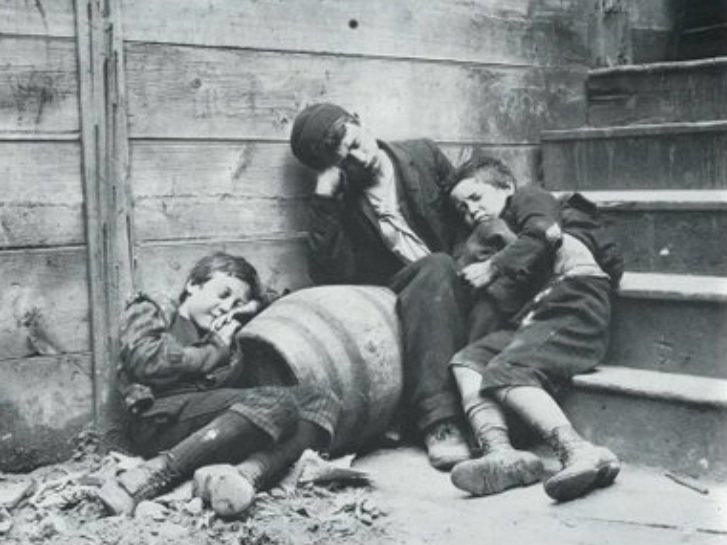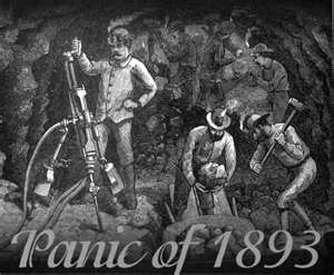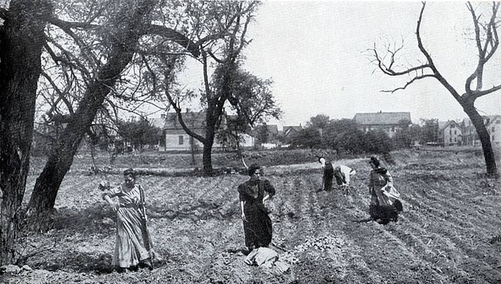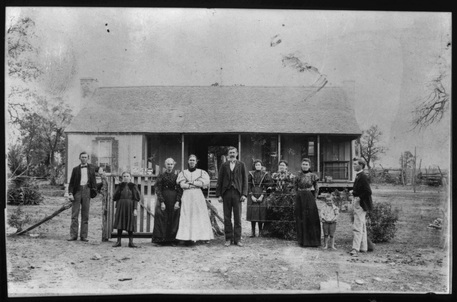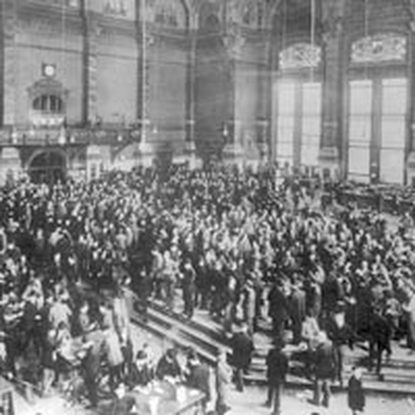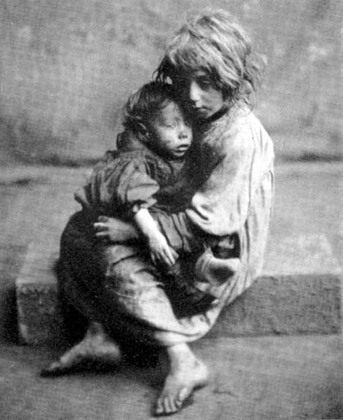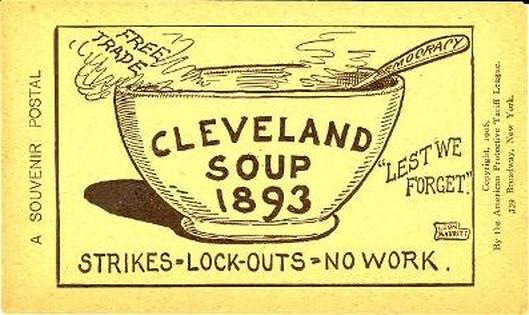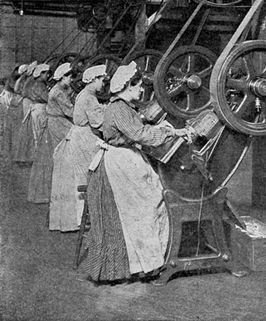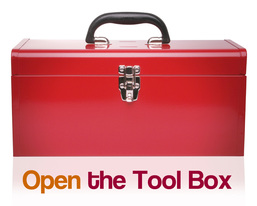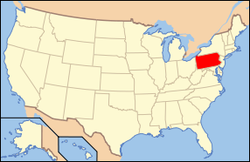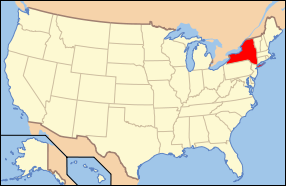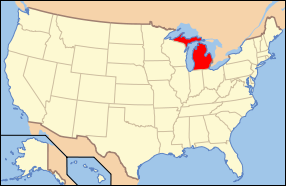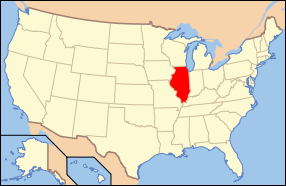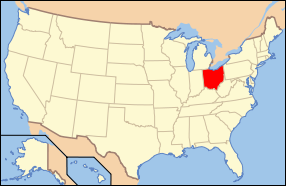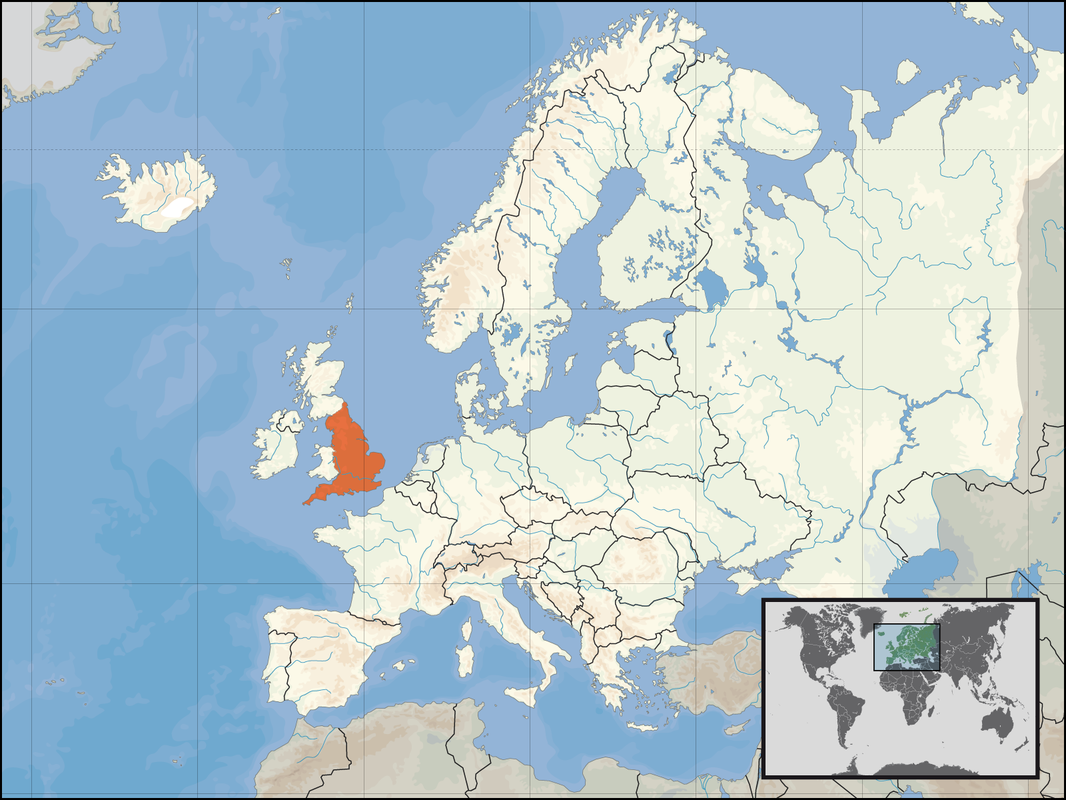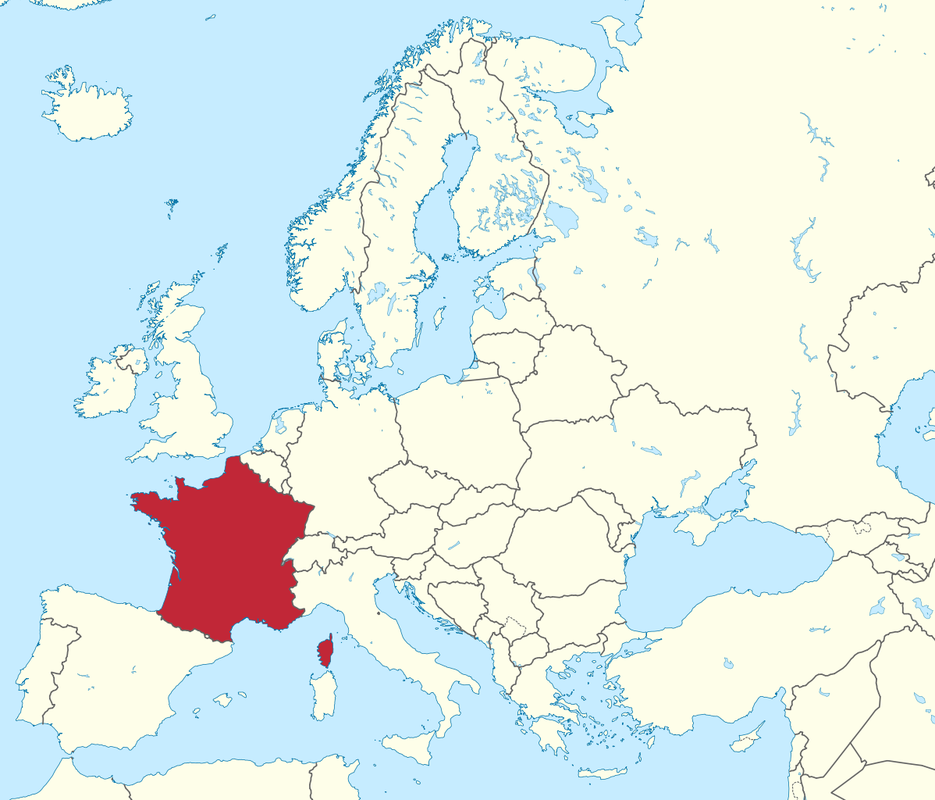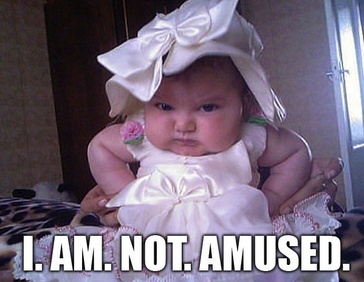Focus Activity - Determining a Purpose for Reading
Lesson Outcomes

Outcomes are what you (the student) will be able to do after the lesson is over.
1. I can define historical, political, economic, social, and historical vocabulary necessary to understanding the lesson.
2. I can explain the problems farmers faced in the 1890s.
3. I can show how farmers' problems in the 1890s affected the rest of the country so severely.
4. I can analyze the economic factors of the financial depression in the 1890s.
5. I can evaluate the decisions made about the economy in the 1890s
1. I can define historical, political, economic, social, and historical vocabulary necessary to understanding the lesson.
2. I can explain the problems farmers faced in the 1890s.
3. I can show how farmers' problems in the 1890s affected the rest of the country so severely.
4. I can analyze the economic factors of the financial depression in the 1890s.
5. I can evaluate the decisions made about the economy in the 1890s
Lesson Mission
|
Teaching Activity - Guided Reading
Individual Activity -
Lesson Module 12: Hard Times Pass Off Quiz
Make sure you pass off before October 18th with a 100% to get credit for Lesson Module 12: Hard Times. You have 3 times to pass off. So, make sure you pay attention in class and reread! You may use the reading for pass-offs. Your highest grade is the grade that will be taken.
Reflection Checklist -
Did You Complete Lesson Module 12: Hard Times
Activities for Topic 2 Lesson 12 Module: Hard Times
- Did you read the lesson?
- Did you answer the discussion questions for the Team Activity?
- Did you make a 100% on the quiz?
|
No?
Why Not? Get it done! |
Yes?
Victory is Yours! You have completed Lesson 12 Module: Hard Times. Congratulations! |


